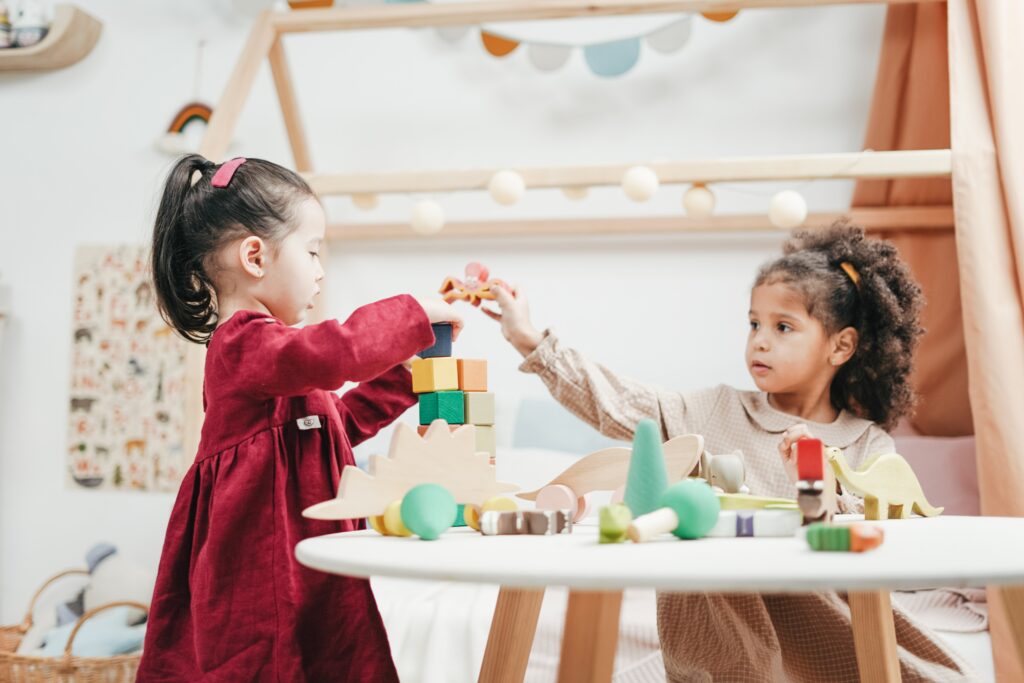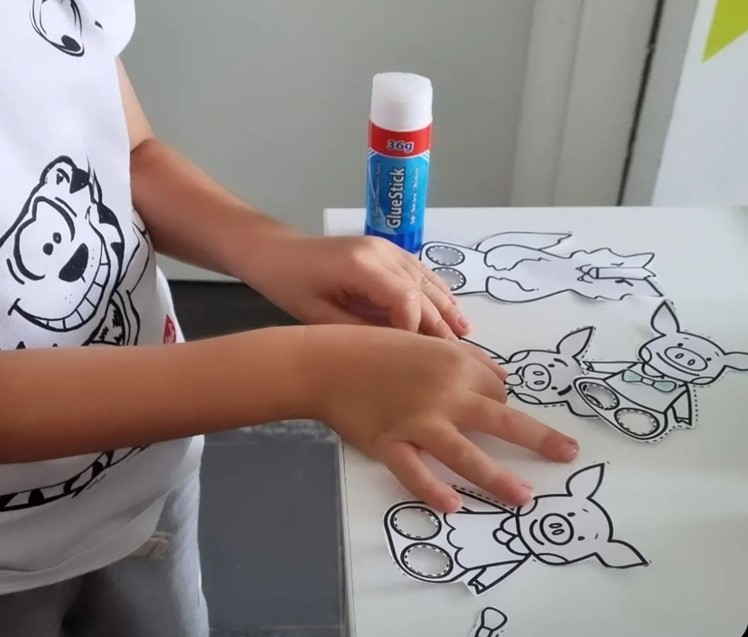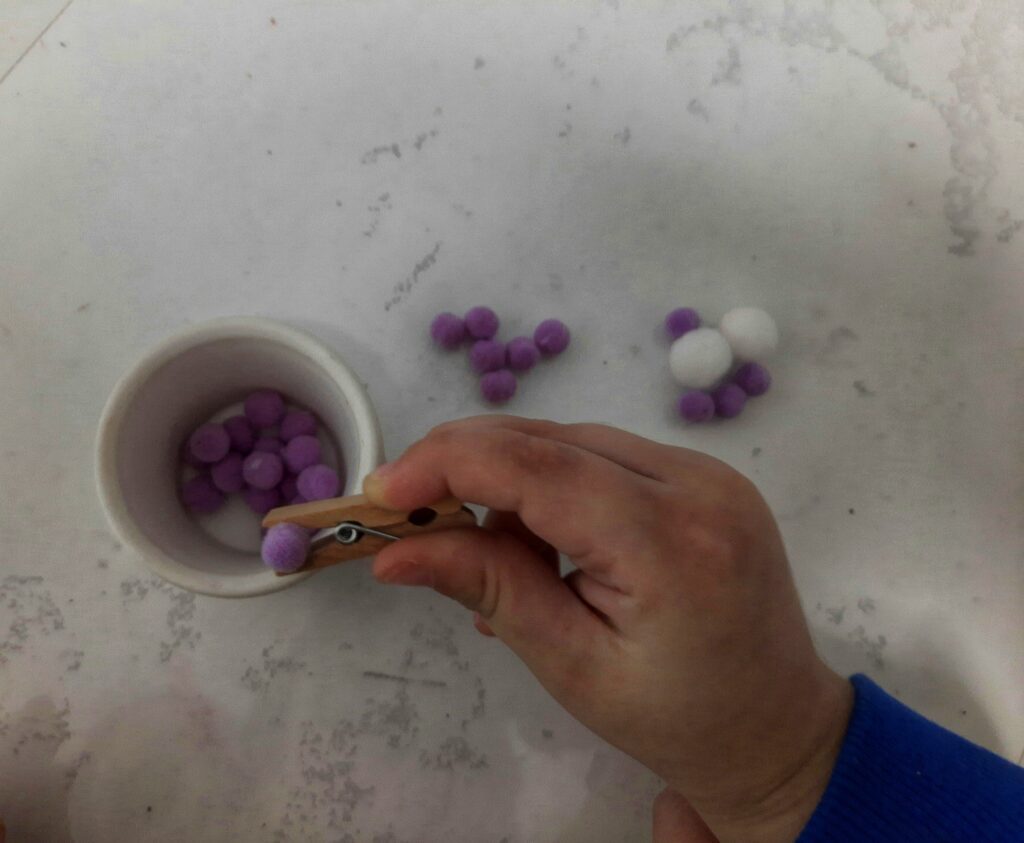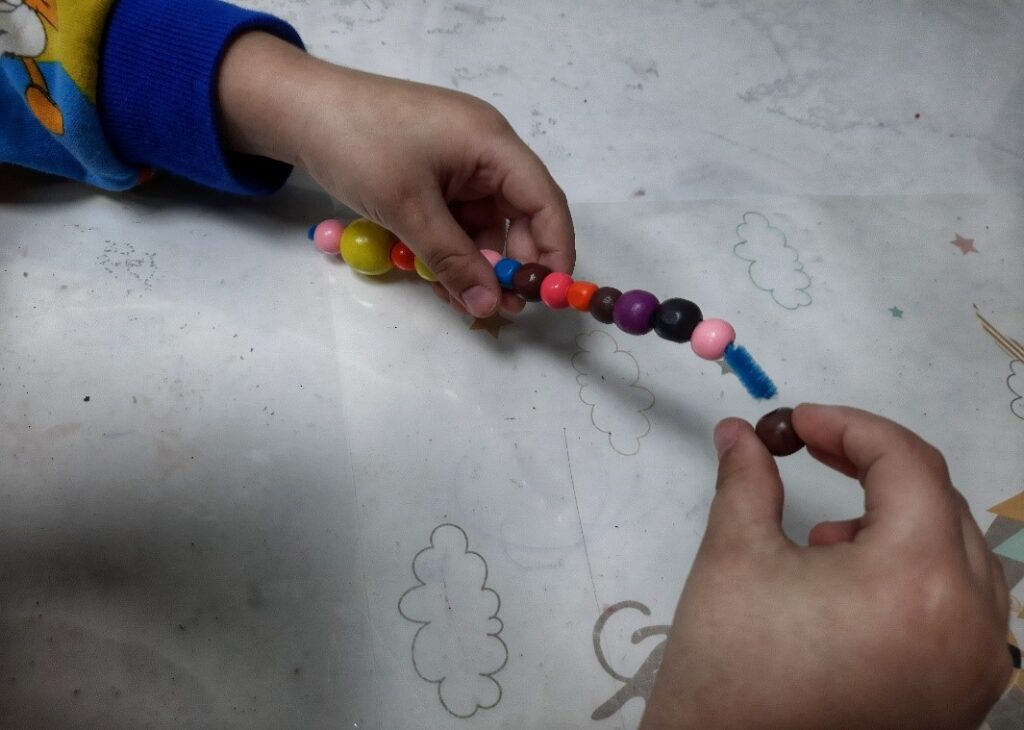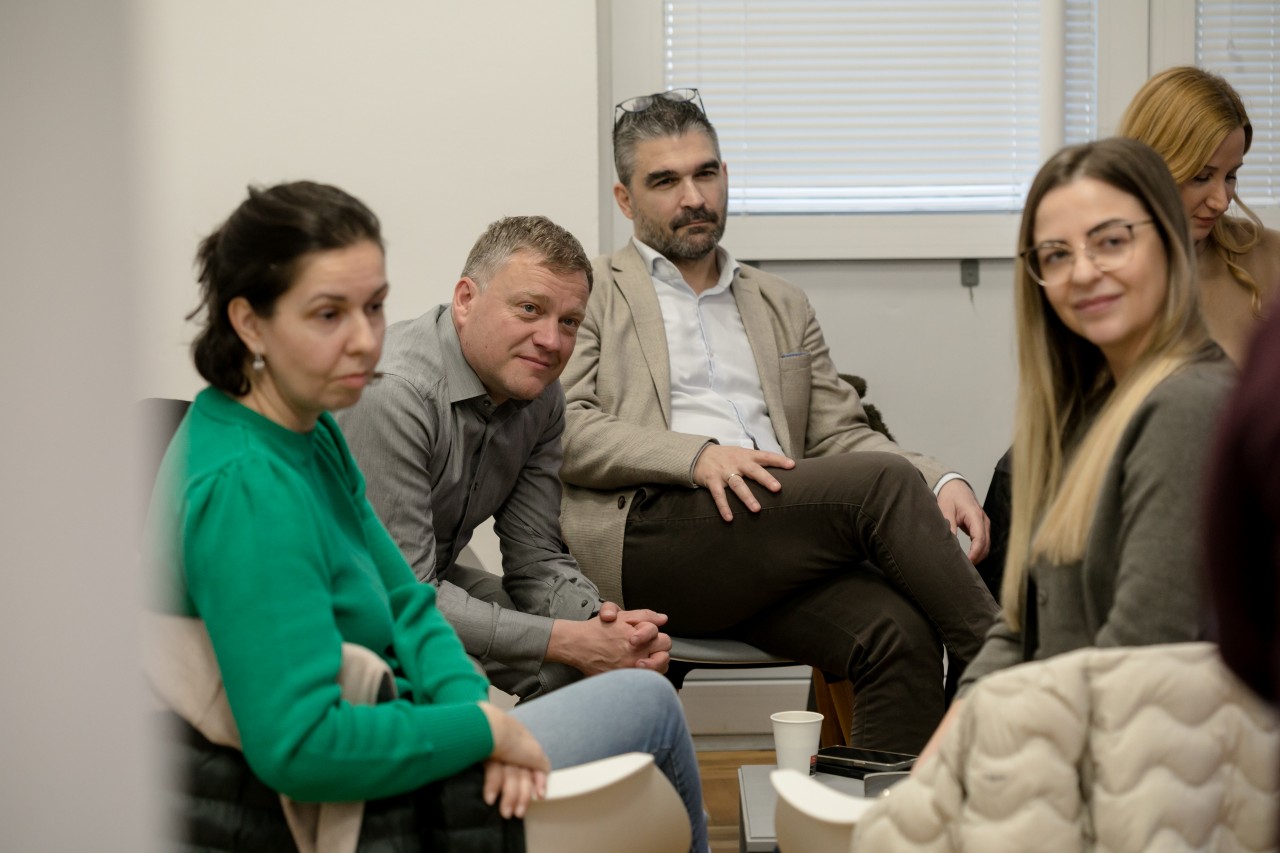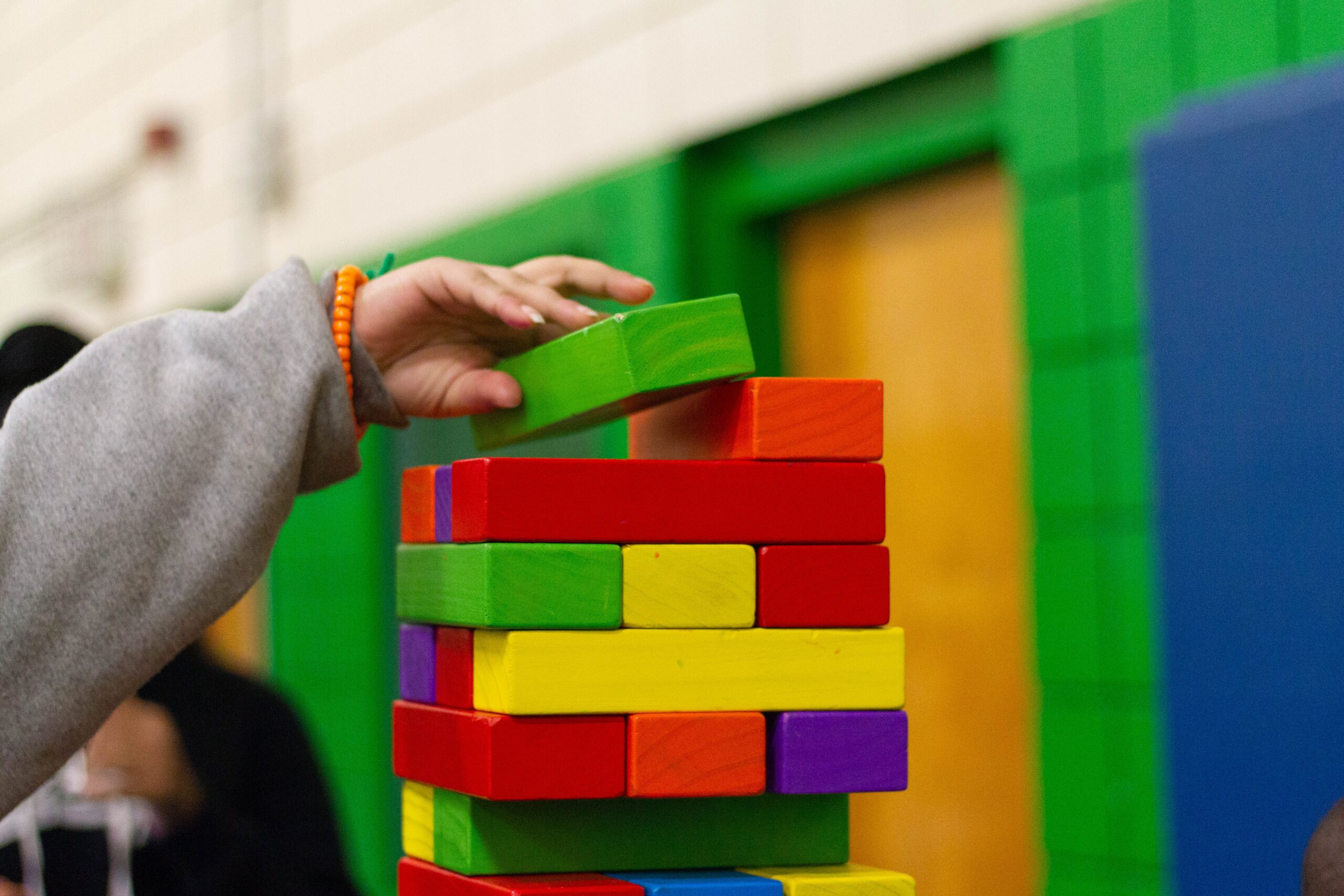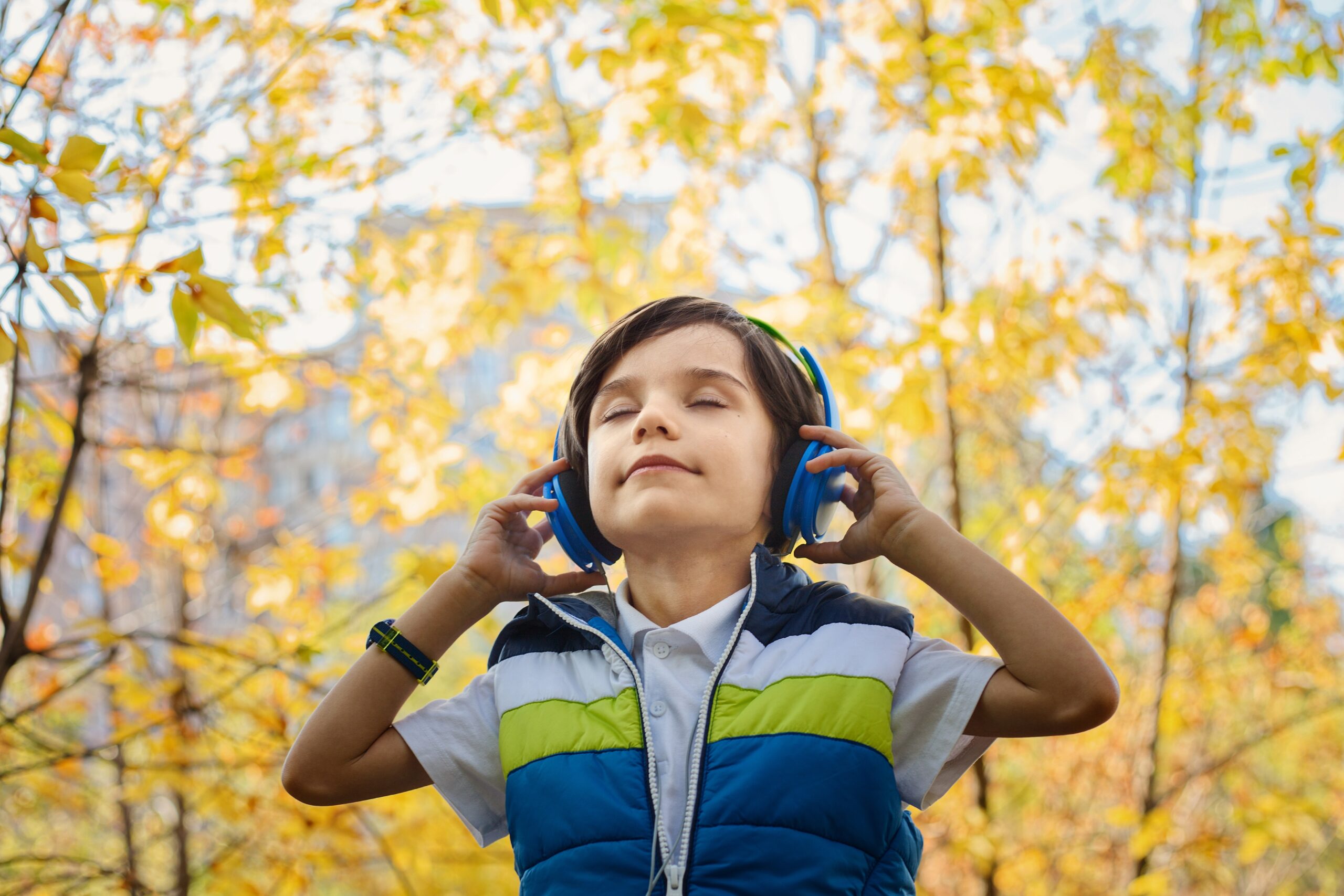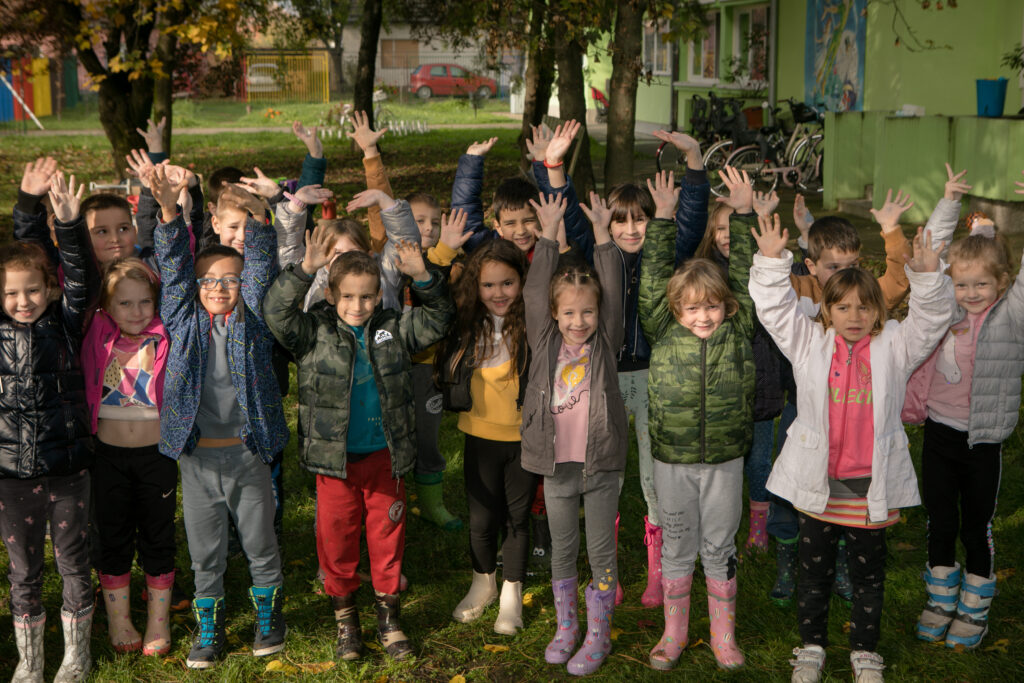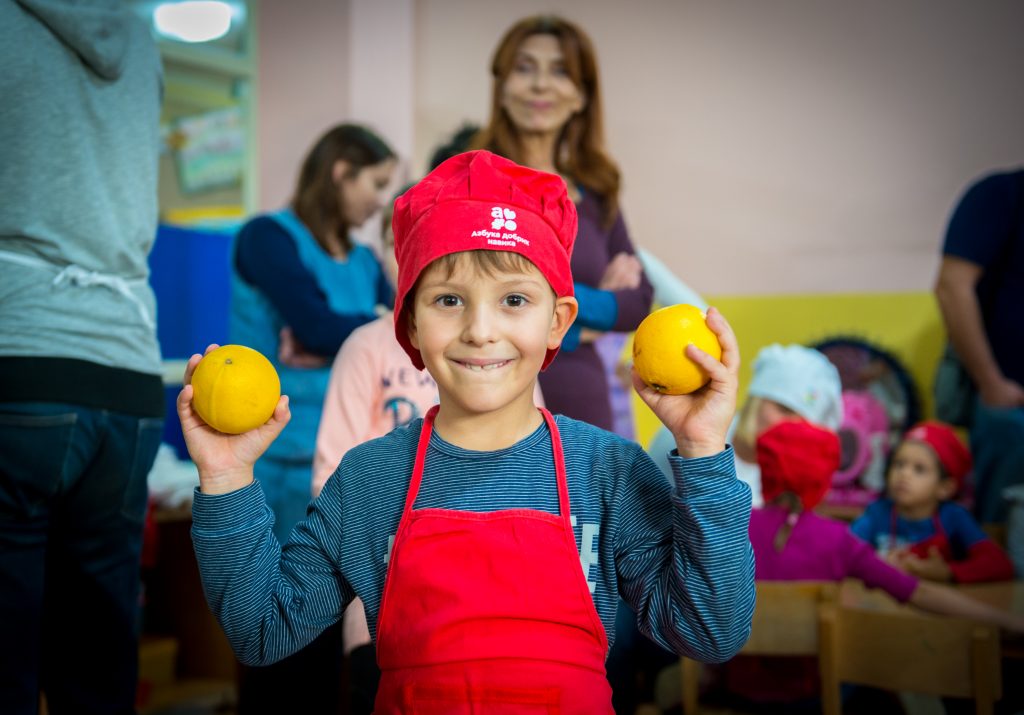Childhood is a very important time during which children acquire rich experience about the world around them. The development of motor skills allows children to collect the initial knowledge about their environment, and represents a basis for further growth and development, as well as a foundation for speech development.
In order for speech to be developed properly, certain conditions need to be met, and one of them is the adequate development of gross and fine motor skills.
- Gross motor skills
The child first masters the movement of large muscles and joints. They become able to raise their head, sit, stand, move their arms, legs and torso with a certain level of control. Gross motor skills include the ability to carry out such movements. Activities such as walking, jumping, running, climbing, walking down stairs, playing outside and playing with a ball are activities which encourage the development of gross motor skills.
The aforementioned activities are very important for stimulating speech development. By touching and moving, children learn about objects and their properties. That is why you need to create space for children to move, carry and pull objects, to put them into things, push them, turn them around, twist them – and most importantly, these activities need to be accompanied by speech. Give names to activities, objects, toys, their parts, explore them together and show them what can be done with them.
It is very important to insist on eye contact between the child and the parent, as well as motor imitation which precedes verbal imitation.
That means it is extremely important to teach children to imitate our actions (e.g. waving our hand, sending kisses, eating, drinking, throwing a ball, shooting for a goal, picking apples …). Once children understand their native language, once they consciously and willingly perform the actions we ask of them, they are ready to start talking.
Don’t forget that active participation of children in everyday activities helps with the development of motor skills and speech.
- Fine motor skills
Fine motor skills pertain to movement of small muscles, joints and performing small and precise finger movements. They are developed gradually and allow children to make the movements necessary to use small objects and perform various activities involving small and tiny objects – from eating on their own, to using a spoon, dressing, putting on shoes, all the way to holding a pencil and writing.
Practicing hand motor skills stimulates areas in the brain which are responsible for the development of speech.
In addition to everyday exercise and stimulation of the fine motor skills of the hand, it is very important to exercise every day the fine movements of the muscles of the speech organs, i.e. oral motor skills.
From an early age, when possible, do not puree the food for them, but chop it up, enable the child to eat independently, tear the food with their teeth, nibble on it, move the food with the tongue to one side of the oral cavity, then the other side, in order to strengthen the chewing muscles, as well as jaw, tongue, lip and cheek muscles. Motor control and precision of these muscles significantly contribute to more precise articulation of voices and better intelligibility of the child’s produced speech.
Children love play and enjoy it, so practicing fine motor skills in this manner can be particularly interesting.
Suggestions for fine motor skills exercises
- Telling stories with fingers
All you need are finger puppets which will represent characters from the stories. With the help of paper, a pen and some imagination, you can make the characters from your favourite story by yourself. You can also draw a face and a hair on every finger, give them names and begin! As we tell the story, the fingers which represent characters are active, and in that way, we stimulate both the development of speech and fine finger motor skills.
- Modelling clay
Children can knead, cut and even make different shapes out of modelling clay, which leads to the use of numerous finger and hand muscles.
- Playing with clothes peg
In this way, even the smallest finger muscles are activated, and it stimulates a three-finger grip, which is necessary for holding a pencil. Put clothes up with clothes pegs, put them in rows on a box, on cardboard, use clothes pegs to put balls into bowls …
- Cutting and crumpling paper
The children can first cut paper into small parts using paper scissors, then crumple the paper and put it into bottles.
- Stringing beads
This activity requires precise finger movements and hand-eye-coordination, but it can also include sorting the beads in a specific order, stringing a specific number of beads, as well as stringing beads according to a model.
Other beneficial activities include:
- Using mosaic pin sets
- Putting puzzles together
- Pouring water from one container to another
- Creating necklaces out of macaroni
- Opening/closing jars, bottles
- Screwing/unscrewing screws
- Putting stickers on things
- Coloring, painting
- Dressing up dolls…
These activities and games are particularly interesting to children, while at the same time being beneficial for the development of fine motor skills and speech, and can be used with children of different ages.
About the author: Marija Rečanoska is a speech therapist. In her daily work, she deals with the prevention, diagnosis and treatment of speech and language disorders in children. She believes that adequate early stimulation is necessary so that children can develop their potential. She loves her job and enjoys working with children, and she likes to spend her free time with her family and friends.

